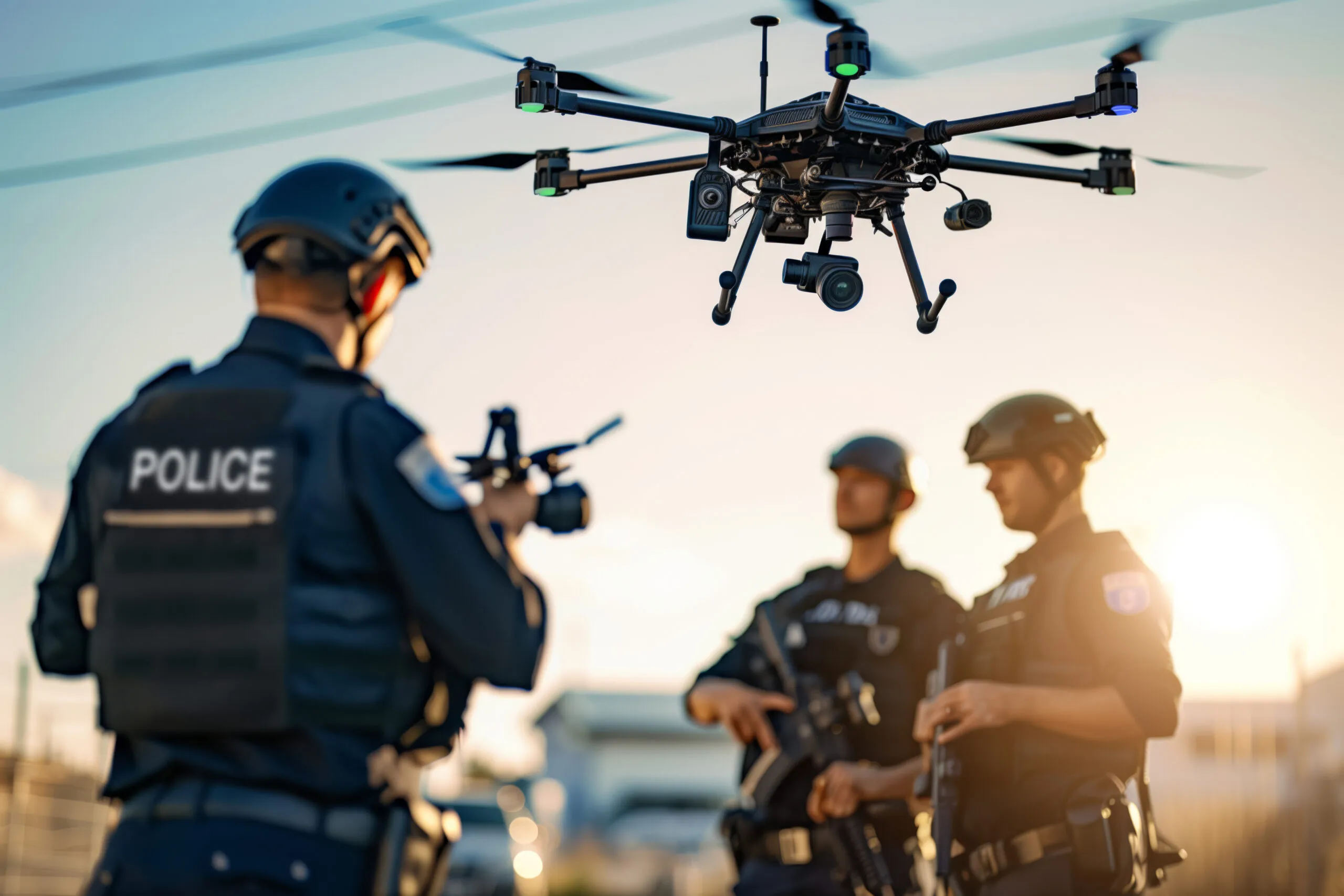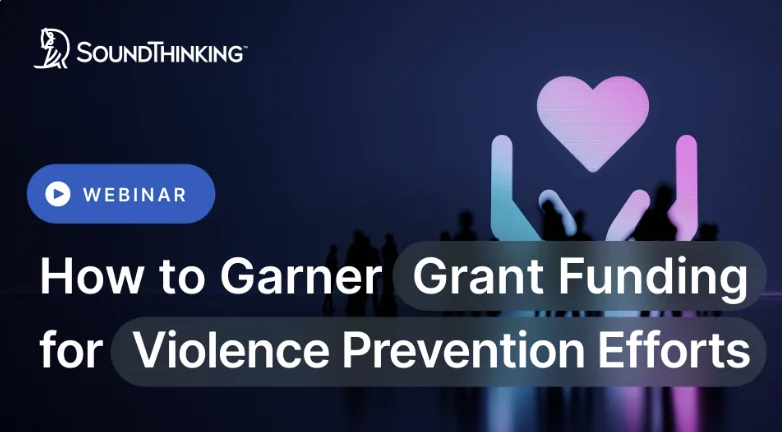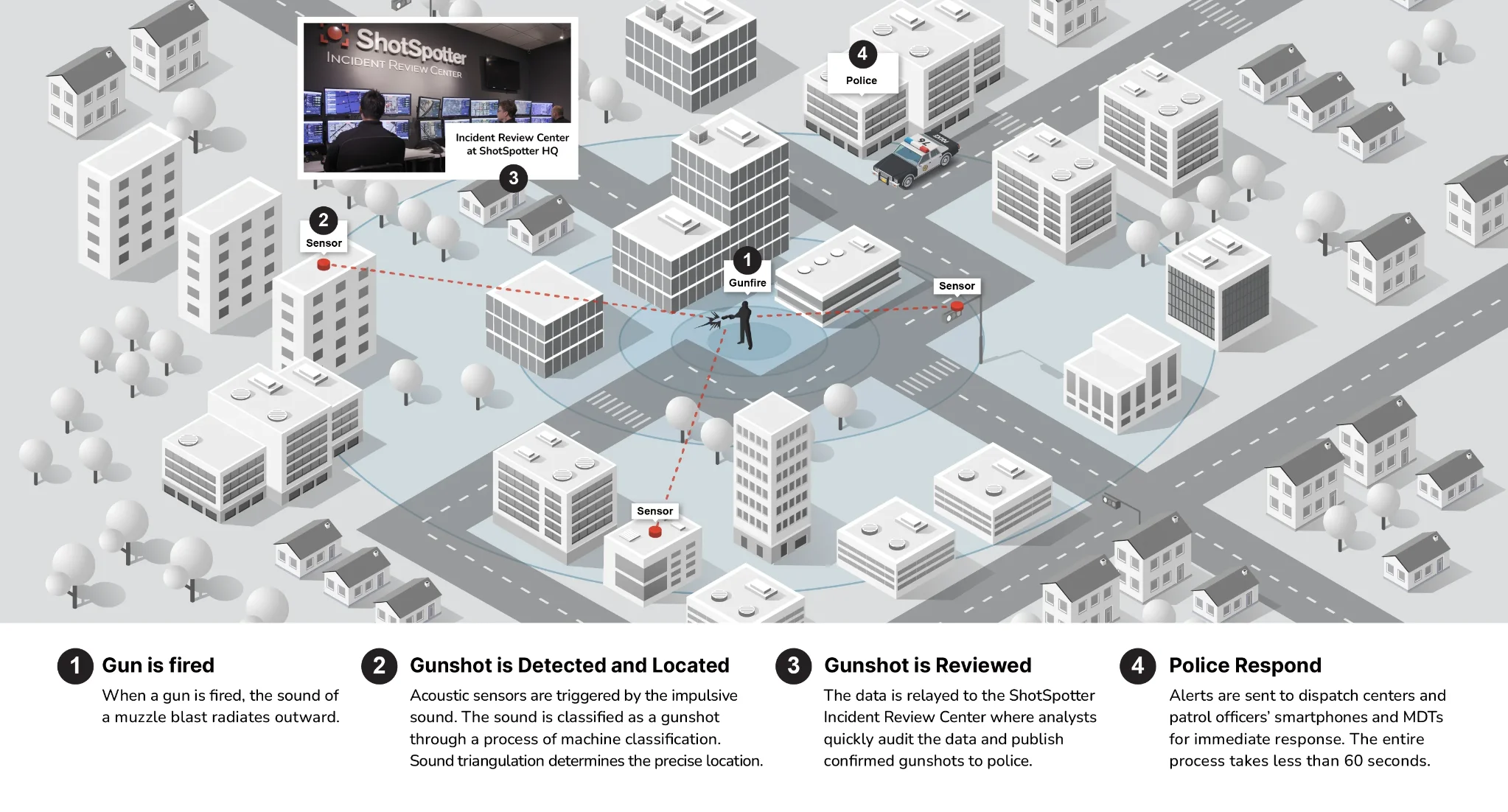Many law enforcement agencies are operating with a staffing deficit. Using technology, like gunshot tracking, to bolster understaffed law enforcement agencies can improve officer safety, alleviate some staff hours allocated for specific tasks, and benefit the community. Each agency’s considerations for technology investments are different, but all agencies—no matter the size—must fit their technology purchases within jurisdictional budgets for approval. Adding new technology into an already stretched budget is challenging for any law enforcement agency and securing additional funding for new technology to help fill in understaffed gaps may be even more challenging.
The rapid changes in technology in recent years have left some agencies with antiquated technology and processes. Add a staffing shortage to the mix, and agencies tasked with responding to gun crime can find themselves falling behind. Technology like SoundThinking’s ShotSpotter acoustic gunshot detection, allows agencies of all sizes to incorporate gunshot detection and the associated information in one location, essentially functioning as the optimal gunshot tracking method for understaffed law enforcement agencies.
ShotSpotter for Gunshot Detection
Addressing and preventing gun crimes starts with knowing where and when gunshots are fired. You can’t rely on citizen reports for this information: over 80% of gunfire goes unreported to 9-1-1, and even when incidents are reported, the locations tend to be inaccurate. That means officers can end up wasting time trying to find the scene of the crime when they could be tending to gunshot wound victims, collecting evidence, and interviewing witnesses. This can hamper subsequent investigative efforts and case clearance rates to suffer.
Tracking gunshots helps track gun crimes and shape a response plan. It’s time-consuming to extract helpful metrics on gunshots and gun crimes through standard computer-aided dispatch systems alone, which can subsequently make it difficult to determine an appropriate law enforcement response.
ShotSpotter fills these gaps. Independent audits have found that ShotSpotter has a greater than 97% accuracy rating for detecting and classifying gunshot incidents, which is why it’s used by more than 160 agencies across the country. Officers receive alerts with precise locations and notes about the nature of the shots —(i.e multiple weapons, multiple rounds of gunfire, etc.) which give responding officers situational awareness and enhances their safety.

ShotSpotter lets officers arrive on the scene with enhanced awareness of what happened and what they can expect.
For example, when the San Pablo, CA police Department was faced with a rash of highway shootings, they used ShotSpotter as part of their Freeway Safety Network. In one case, they were able to identify the exact stretch of freeway where a shooting occurred. “ShotSpotter provided the genesis of where our Detectives needed to start our investigation,” said San Pablo Police Captain Brian Bubar. “Through ShotSpotter, we were able to retrace the steps of the victim and suspects using our collaboration of technology assets.”
How Technology Fills Staffing Gaps
ShotSpotter gets officers on the scene quickly: the time to dispatch drops from four and a half minutes to under a minute, and the location accuracy improves from more than 780 feet away to less than 82 feet away. And that saves lives. Without ShotSpotter, victim transport time for distances less than five miles averages 10.3 minutes, while with ShotSpotter it’s cut by nearly 40%, to 6.8 minutes.
![]()
ShotSpotter provides exact locations with its reports of detected gunfire.
The gunshot detection technology is backed up by a round-the-clock Incident Review Center that verifies the accuracy of every alert, as well as a dedicated customer success team available to answer ongoing questions.
Funding Gunshot Tracking
Finding the budget for new technology requires many considerations. Making the decision to invest in gunshot detection involves balancing the command staff’s need for tools to support and improve their law enforcement efforts and public safety operations, and the IT staff’s need for a solution that is easy to install and maintain. Once this has been researched, there’s a critical second step in the process: finding the funds needed not only for the current year, but subsequent budget years as well.
The good news is that there are funding options available for gunshot detection. Obtaining grant funding through federal or state funds, earmarks or other sources is possible. Having a strong plan for the technology and how it will help your agency solve concerns with understaffing, and even staff retention and recruitment, is a good place to start.
Help for Understaffed Law Enforcement
ShotSpotter provides exceptional gunshot detection and comprehensive reporting on gunfire for any size agency. Reduced response times to gunshots and time-saving with regards to data gathering makes ShotSpotter an excellent solution for understaffed agencies. Add in the Forensic Services capabilities, and ShotSpotter becomes a comprehensive solution that can to expedite investigations, build community trust, and save lives.
Reach out to our sales team at SoundThinking to explore the benefits of ShotSpotter and see how improving your agency’s response to gunfire in the community can also help reduce the number of staff hours spent compiling that gunfire data.




